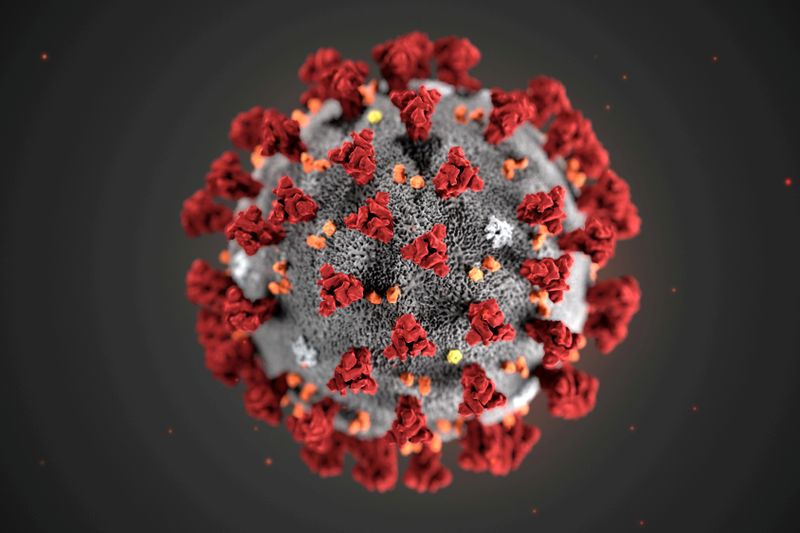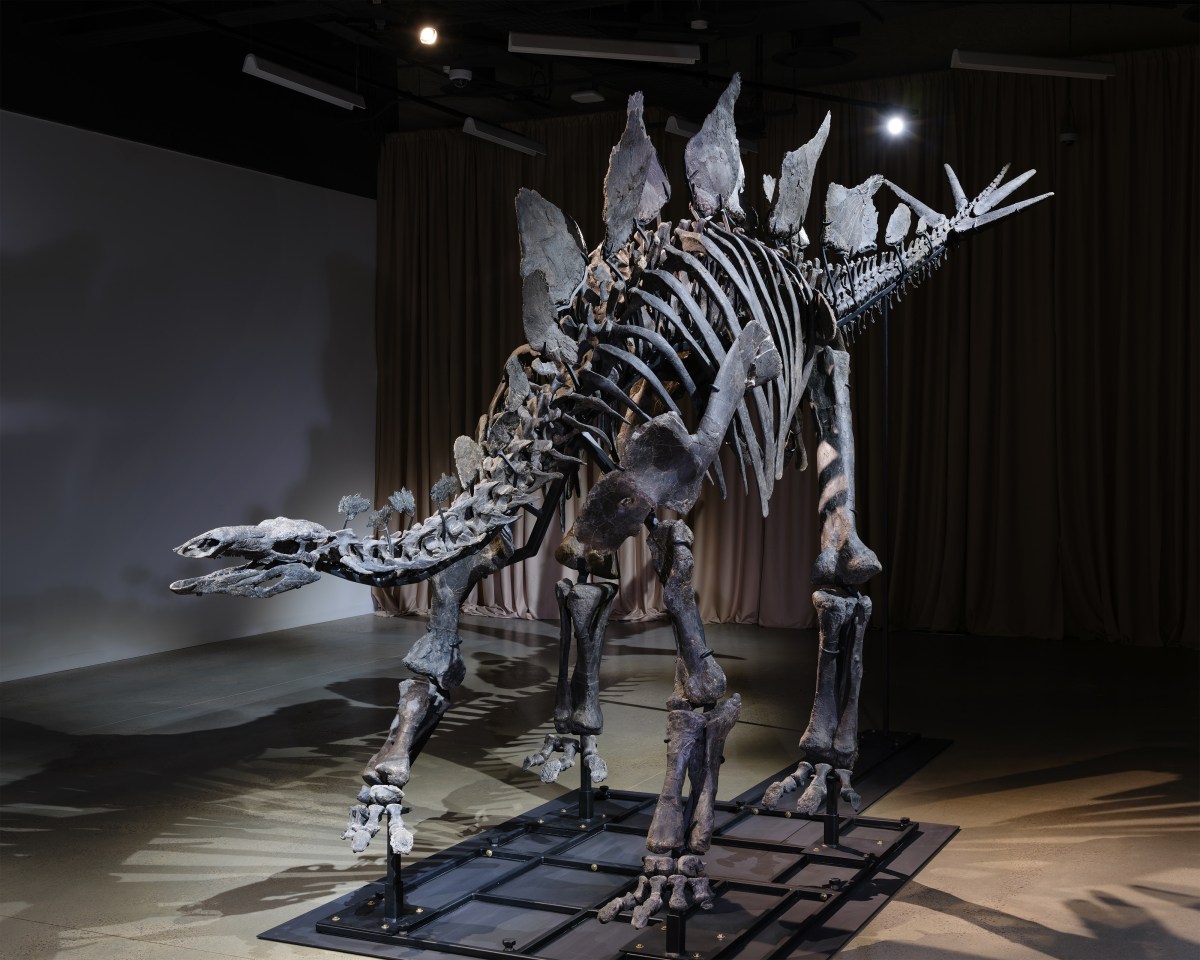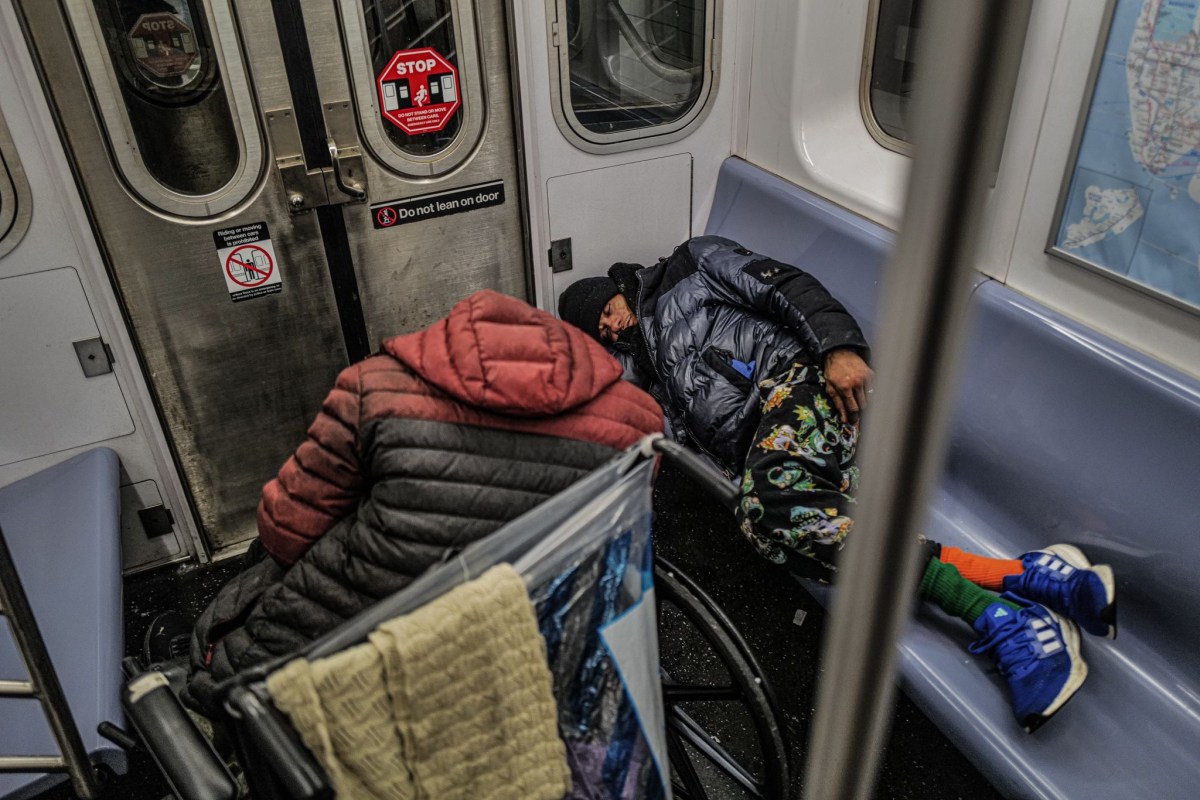(Reuters) – The following is a roundup of some of the latest scientific studies on the novel coronavirus and efforts to find treatments and vaccines for COVID-19, the illness caused by the virus.
mRNA vaccines spur lymph nodes for longer-term protection
Along with inducing antibodies for immediate defense, mRNA vaccines against COVID-19 also stimulate the lymph nodes to generate immune cells that provide protection over the long term, a new study confirms. The early wave of antibodies are generated by B cells called plasmablasts. In healthy volunteers, blood tests showed that two doses of the Pfizer/BioNTech vaccine induced “a strong plasmablast response,” said coauthor Ali Ellebedy of Washington University School of Medicine in St. Louis. The immune cells that will produce antibodies upon exposure to the virus in years to come – called memory B cells – are generated by germinal center B cells found only in lymph nodes near vaccine injection sites, his team explained in a paper currently undergoing peer review for possible publication in a Nature journal. In repeated biopsies of volunteers’ lymph nodes, “we saw a robust germinal center response,” Ellebedy said. The responses lasted at least seven weeks, “with no sign of cooling down anytime soon,” he added. “While we do not have long-term samples yet, it is safe to assume given the magnitude and persistence of the germinal center reaction that those individuals will develop a durable immune response” to mRNA vaccines. Moderna Inc’s vaccine also uses mRNA technology. (https://bit.ly/3tnAiYw)
Throat swab test accuracy may vary by time of day
The accuracy of gold-standard PCR tests of nasopharyngeal swab samples may vary by time of day, new data suggest. Researchers analyzed 31,094 tests performed in symptomatic and asymptomatic individuals at 127 testing sites, including 2,438 tests that showed COVID-19. In a paper posted on Saturday on medRxiv ahead of peer review, they report tests were most likely to be positive around 2 p.m. – and the proportion of positive tests in the early afternoon was two-fold higher than the lowest proportion seen at other times of the day. The study “suggests people may be more contagious at certain times of the day and it raises questions about whether tests for SARS-CoV-2 may be less accurate when they are collected between late evening and early morning,” said coauthor Dr. Candace McNaughton of Vanderbilt University. “If our findings are confirmed, clinicians and public health teams could focus their efforts on lowering the risk of viral spread during times of peak viral shedding,” she said. That could entail emphasizing mid-day to early-afternoon masking at home while isolating, or encouraging early morning shopping for vulnerable populations. “There may be greater benefit in repeat testing if a negative test was collected when viral shedding is generally less,” McNaughton said. (https://bit.ly/2NjcZiY)
Surgery delay advised after COVID-19
When possible, surgery should be delayed for at least seven weeks after infection with the new coronavirus, and patients who still have symptoms at that point may benefit from further delay, researchers advise in Anaesthesia. They reviewed data on 140,231 surgery patients from 116 countries, including 3,127 with a history of COVID-19. The mortality rate at 30 days after surgery was 1.4% in patients who never had COVID-19. It was 9.1% among patients diagnosed within two weeks before surgery, 6.9% among those diagnosed within 3 to 4 weeks, and 5.5% when the diagnosis was made 5 to 6 weeks preoperatively. The mortality rate came down to 2% when at least 7 weeks had elapsed between diagnosis and surgery. For patients with ongoing symptoms, the 30-day mortality rate was 6% even after a 7-week delay, researchers found. After adjusting for other risk factors, the odds of death were increased 3.6-to-4.1-fold in patients having surgery within six weeks after a COVID-19 diagnosis. “Patients with ongoing symptoms at least seven weeks from diagnosis may benefit from further delay” of their surgery, the researchers said. (https://bit.ly/3bLbFim)
Open https://tmsnrt.rs/3c7R3Bl in an external browser for a Reuters graphic on vaccines in development.
(Reporting by Nancy Lapid; Editing by Bill Berkrot)




















